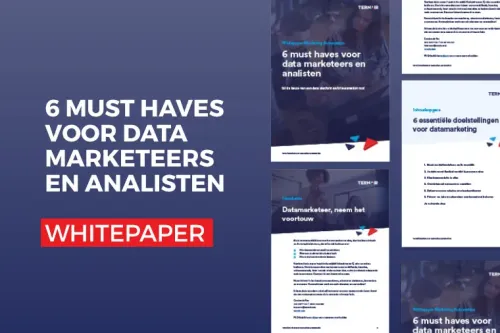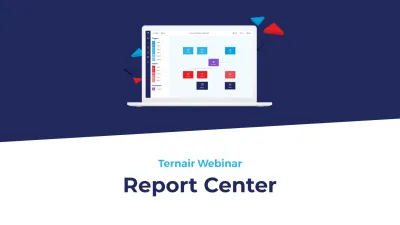As a data marketer, analyst or data marketing manager, you know your challenge and the theory: if we provide a more relevant experience to every relationship, it will deliver 10-30% more return on investment. That does require that your customer data, journeys and channels can be insightfully brought together and activated. But how do you get everything on track internally so that it actually delivers results?
Where are you now in this customer data-driven transition? Chances are you're somewhere halfway there. Internally, you have been convinced or have already started testing data-driven campaigns. Perhaps a (new) CRM system has been installed or a central data warehouse. Yet it's all still not working together enough to make your data marketing and ROI really fly.Why? Is it the data, is it the platforms, the tools? Building a house doesn't start with excavator placement. Nor does it start with a drawing. It starts with a wish, a dream. And as a data marketer or manager, you are responsible for that dream. Serving your relationships in the most relevant way possible. Before you know it, the realization of that dream is moving in all directions. Everyone manages a piece of the drawing and has already put his'n own digging machine to work. A useful metaphor that you can use as data marketing to stay focused is the hourglass.
The Hourglass
The shape of an hourglass probably already corresponds in part to your current or desired way of working: collect data broadly from as many sources as possible and make sure it can be used uniformly. Whether all that data is also relevant? You simply don't know that yet. And it's not just about customer data. Also lead data, marketing data, external data.
Have you ever taken a good look at an hourglass? Have you shaken it? That sand is not stuck in definitions. Not in a fixed data model that many platforms and tools use to get you "data in order. Data may be gathered, but it's still locked into the next model. The only model the sand is trapped in is the glass on the outside of the hourglass. And that's how you, as a data marketer, should be able to work with data. Maximum freedom in data, without flying off the handle.
In the next step, your data expertise (desire) is crucial. You're going to combine data, edit it, filter it, segment it. You're going to gather insights, dashboard and test assumptions. Remember, the goal is still the dream of giving customers the most personalized experience, because that's your business case. Not mass, but individual grains of sand. Each of which must go to the right place. You can only do that if you know where and when.
Are you working on this every day? This should be about 80% of the work as an analyst, data specialist and data marketer, the remaining time is for implementing processes. The reality unfortunately often is different. Ultimately, all that data must flow out again in communications to each customer, aligning multiple channels. This is how you truly deliver more value to relationships.
If these steps are invested too far apart, things are bound to go wrong. Your objective as a data expert should be to ensure that your resources maximally support the first step (data collection) and the last step (activation in channels). And then you're not done yet...





